✓ Joining us on our Whatsapp Channel: 💬 Explore and Escape!.
Booking through us:
✓ 🏩 🛌 Handpicked Luxury Stays in Budget: Booking.com | Agoda.com
✓ 🍹⛱️ Deals on Private xfers, SIM Cards, City tours, Day trips : 📍🗺️ GetYourGuide | 🛵🧳 Klook
If you have done the things to do in Japan, you’d know there are quite a few of them here in Koka.
Koka, a city that sits gracefully at the heart of Japan’s Shiga prefecture, is a poetic amalgamation of traditional settings, awe-inspiring nature, and vibrant city life.
Offering a sensory feast of tastes, sights, and sounds, Koka beckons visitors from all corners of the globe to immerse themselves in its rich cultural heritage and explore the endless array of thrilling activities that the city has to offer.
Without further ado listed below are some of the most fun things to do in Koka:
1. Koka Ninja Village
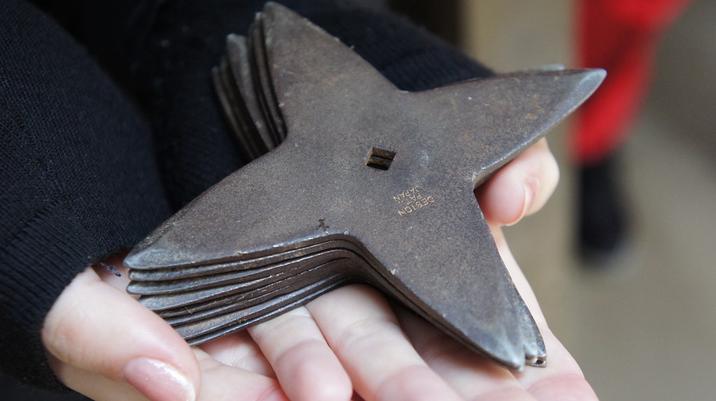
Koka Ninja Village is a museum located in Koka, Japan that showcases the history and culture of ninja clans.
What to see or do: Visitors can explore the various exhibits and demonstrations that showcase the secret techniques and tools used by ninja warriors.
You can see weapons, such as shuriken stars, swords, and firearms, and learn about ninja disguises, battle strategies, and communication methods.
Don’t miss: The highlight of the Koka Ninja Village is the ninja house, which features hidden passages, trap doors, and other intricate designs that made it difficult for enemies to enter or escape.
Insider travel tips: – A guided tour is highly recommended as it provides a richer understanding of the exhibits and insights into the history of ninja clans.
2. Koka Ninja House

A historic Japanese house in Koka City, Shiga Prefecture, known for its ninja-related features and exhibits.
What to see or do: Explore the different rooms and secret installations, including hidden tunnels, trapdoors, and concealed rooms. Learn about the history of ninjas and their techniques and weapons.
Dress up as a ninja and take unique photos.
Don’t miss: Trying out some of the hands-on activities, such as throwing shurikens (ninja stars) or wielding a blowgun. Visit the nearby Koka Ninja Village and Ninja Museum for a more in-depth look at ninja history and culture.
Insider travel tips: The Koka Ninja House can get quite busy, especially during weekends and holidays, so it’s best to book tickets online in advance.
English audio guides are available, but it’s recommended to hire a guide or join a tour for a more informative experience.
Don’t forget to check out the souvenir shop for ninja-themed gifts and snacks.
3. Koka City Historical Museum
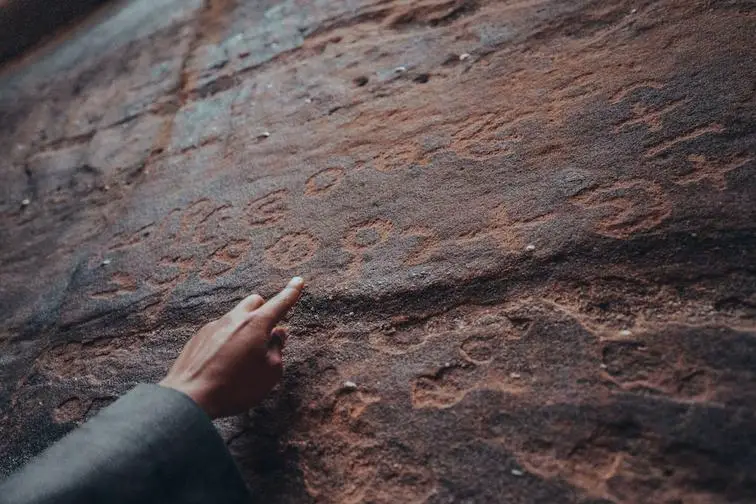
The Koka City Historical Museum is a museum dedicated to the history and culture of Koka City in Shiga Prefecture, Japan.
What to see or do: The museum has a collection of artifacts and exhibits that showcase the life, culture, and traditions of Koka City.
Visitors can see displays of traditional crafts, such as pottery and textiles, as well as learn about the history of the ninja, as Koka City was known as a center of ninja activity during the Warring States Period.
Don’t miss: Don’t miss the chance to see the ninja related exhibits, including weapons, tools, and costumes used by the ninja of Koka City.
Also, don’t miss the opportunity to learn about the history of the city’s famous pottery and view some of the beautiful ceramics on display.
Insider travel tips: If you’re interested in learning more about the ninja, be sure to take advantage of the museum’s guided tours, which are available in both Japanese and English.
Additionally, the museum occasionally hosts events and workshops related to traditional crafts and culture, so be sure to check their website before you visit.
4. Shigaraki Pottery Village
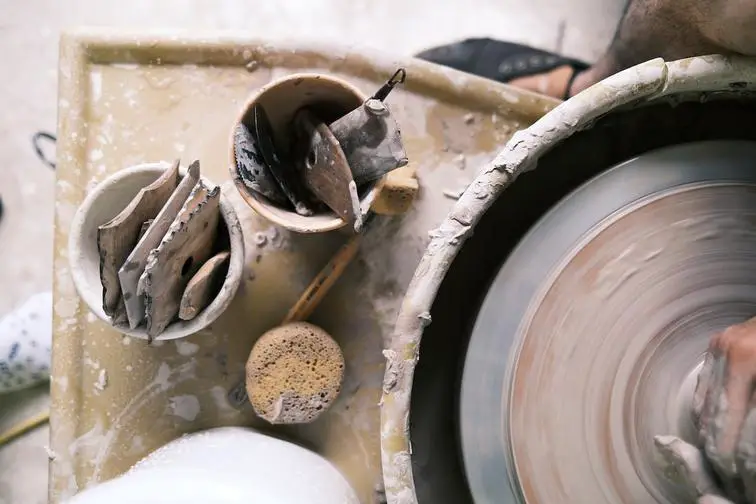
Shigaraki Pottery Village is a historic pottery district in Koka, Japan, known for its traditional pottery-making techniques and antique Japanese pottery.
What to see or do: Explore the village and witness the skilled artisans creating hand-made pottery using traditional techniques that have been passed down for generations.
You can visit various pottery workshops, pottery schools, and pottery studios to see different styles and techniques of pottery making. Besides, you can also shop for souvenirs and other pottery items in many of the local stores.
Don’t miss: Shigaraki Tanuki, a clay statue that is the symbol of good luck and fortune. Also, visit the Shigaraki Ceramic Cultural Park, a ceramic art museum showcasing beautiful Japanese pottery, both contemporary and historical.
Insider travel tips: Take a pottery-making class to experience the traditional ceramic art of Shigaraki. Also, try some local delicacies such as glazed sweet potatoes, tofu dishes, and street foods made on a pottery grill.
Don’t forget to wear comfortable shoes as there’s a lot of walking involved in the village.
5. Koka Mountains
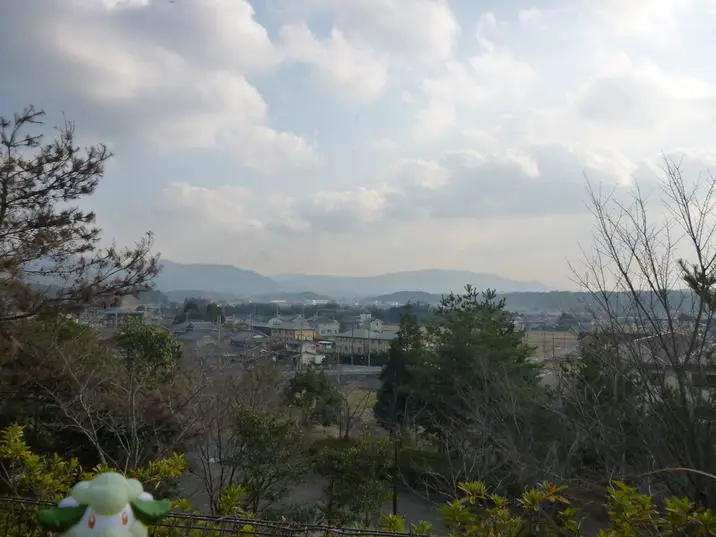
Koka Mountains is a mountain range located in the Amhara Region of Ethiopia.
What to see or do: The Koka Mountains offer amazing hiking opportunities for nature enthusiasts. You can explore the lush greenery and marvel at the stunning views of the surrounding area.
The mountain range is also home to several villages and you can interact with the locals and learn about their way of life.
Don’t miss: A visit to the Blue Nile Gorge is a must when in Koka Mountains. The gorge is one of the most spectacular natural wonders in Ethiopia and offers breathtaking views of the valley below.
Insider travel tips: Be sure to pack appropriate hiking gear and clothing as the terrain can be challenging. Hire a local guide for a more authentic and immersive experience.
Plan your visit during the dry season which runs from November to February for the best weather conditions.
6. Yokoyama Observation Deck
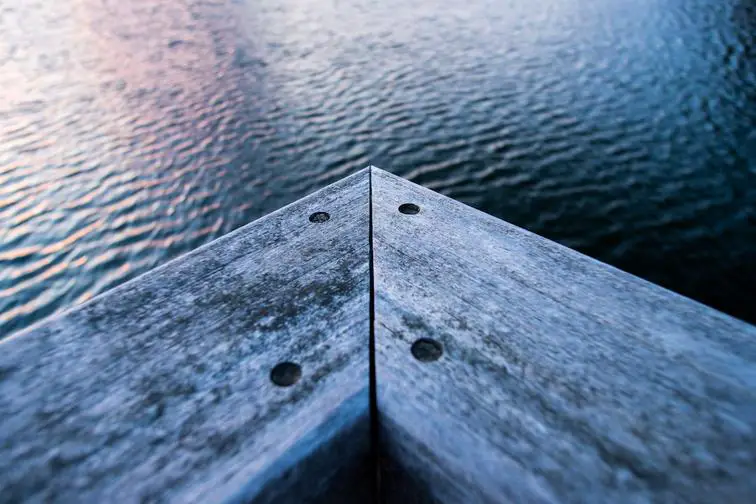
A scenic observation deck located on the Yokoyama Mountain in Koka, Japan offering breathtaking views of Lake Biwa and the cityscape.
What to see or do: Take a scenic cable car ride to the top of the Yokoyama Mountain and soak in the panoramic views of Lake Biwa, the largest freshwater lake in Japan.
Explore the observation deck and walk along the walking trails for a more immersive experience of nature’s beauty.
Don’t miss: The stunning sunset views from the observation deck are not to be missed.
Watching the sunset over Lake Biwa while enjoying a cup of tea is a surreal experience that will leave you in awe.
Insider travel tips: – The Yokoyama Mountain can get crowded during peak tourist season, so plan your visit early in the day for a more serene and relaxing experience.
7. Koka Grand Hirano Shrine
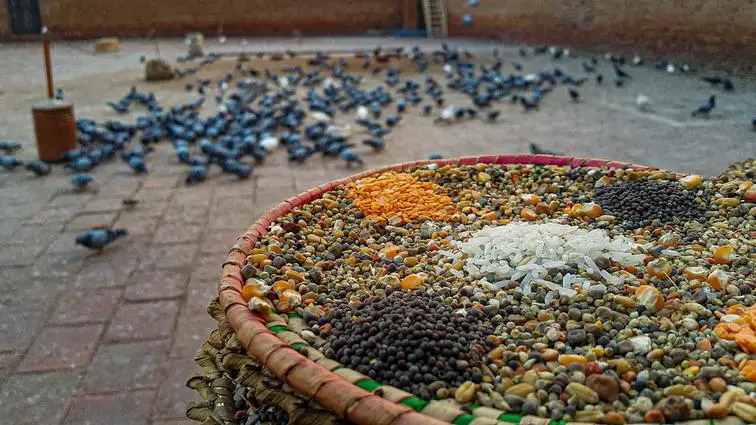
Koka Grand Hirano Shrine is a historical Shinto shrine located in Shiga Prefecture, Japan.
What to see or do: Visitors can walk through the majestic torii gate and explore the beautifully manicured gardens and grounds. The main hall of the shrine showcases intricate wood carvings and Japanese paintings.
Don’t miss: One of the highlights of the shrine is the “floating” stage in the inner shrine area. The stage appears to float on top of the water, creating a stunning visual effect.
Insider travel tips: Visit in early April during the cherry blossom season for a stunning view of the sakura trees in bloom. If you’re feeling adventurous, try climbing the nearby Mount Mikami for a breathtaking view of the surrounding countryside.
8. Kishu Toshogu Shrine
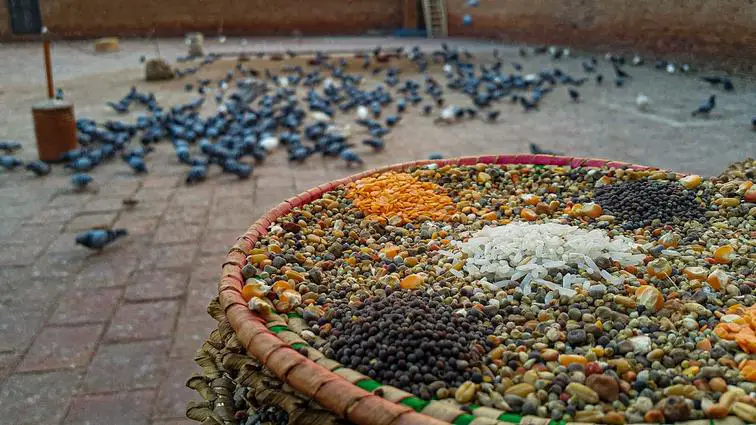
Kishu Toshogu Shrine is a picturesque Shinto shrine located in the city of Koka in Japan.
What to see or do: Visitors can stroll around the peaceful grounds and admire the beautiful architecture, including the colorful torii gates, wooden bridges, and decorative carvings.
Don’t miss: Make sure to check out the iconic Kishu-lacquered lion-dog statues that guard the entrance to the shrine, as well as the many beautifully engraved bronze lanterns that light up the shrine at night.
Insider travel tips: For a unique experience, try visiting the shrine during one of its many annual festivals, such as the Chakutai Sai and the Yasurai Matsuri, which feature exciting parades, traditional performances, and delicious local food.
Also, don’t forget to wear comfortable shoes since the grounds can be quite hilly and uneven in some areas.
9. Koka City Athletic Park
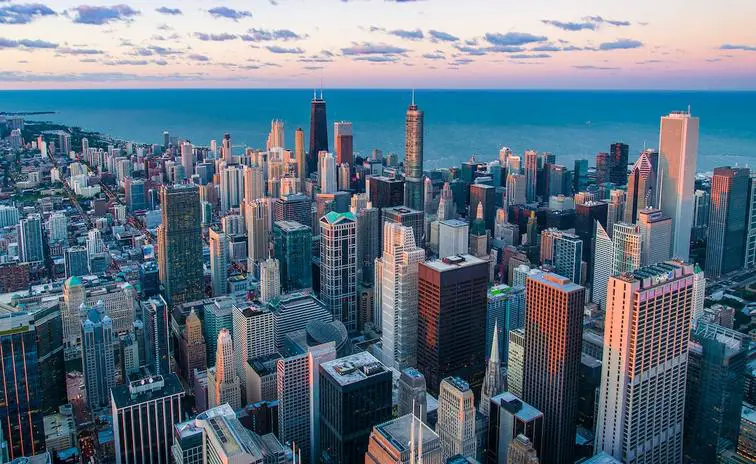
A large sports park located in Koka City, Japan.
What to see or do: There are many different sports facilities at Koka City Athletic Park, including baseball fields, tennis courts, swimming pools, and track and field facilities.
Don’t miss: Be sure to check out the park’s central area, which hosts many large-scale sporting events throughout the year.
Insider travel tips: Bring some snacks and drinks to enjoy during breaks in your activities, as there are not many food vendors in the park.
Also, consider visiting during the quieter weekdays if you prefer a more relaxed atmosphere.
10. Mibu-dera Temple
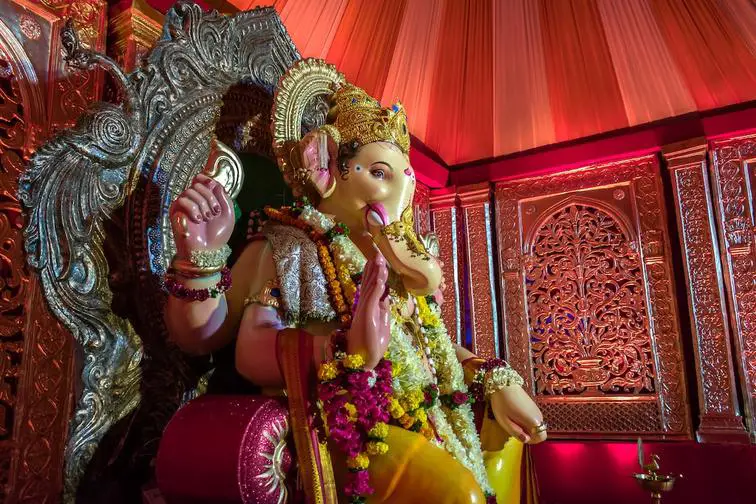
A historical and serene Buddhist temple located in Koka, Japan.
What to see or do: Explore the temple’s beautiful gardens and architecture, including the main hall which features intricate wooden carvings and a stunning statue of the Buddha.
Stop by the Mibudera Museum to learn about the temple’s history and view ancient artifacts. Attend one of the temple’s traditional ceremonies or meditation sessions.
Don’t miss: The temple’s annual Daruma Market, held every January, where vendors sell traditional Japanese New Year decorations, food, and crafts.
Insider travel tips: Dress modestly and remove your shoes before entering the temple buildings. Check the temple’s schedule before your visit to make sure you don’t miss any special events or ceremonies.
If you have time, take a walk around the surrounding area to see a more rural side of Japan and visit nearby farms and wineries.
11. Koka Lakeside Paradise
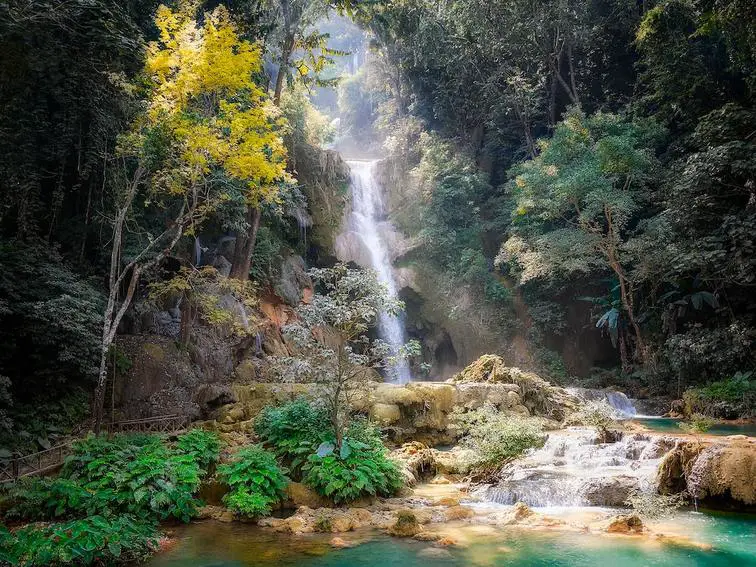
An outdoor recreational park located in Koka, Japan that offers various activities for visitors.
What to see or do: Visitors can enjoy various water activities such as kayaking, paddleboarding, and canoeing on the beautiful Koka Lake. Land activities include biking, tennis, bouldering, and zip-lining.
There are also nature trails and picnic areas for those who want to relax and take in the scenic surroundings.
Don’t miss: One of the highlights of Koka Lakeside Paradise is the floating playground, which features a trampoline, a slide, and other obstacles for visitors to play on in the middle of the lake.
Insider travel tips: Make sure to check the website or call ahead to book activities in advance, especially during peak season.
The park can get crowded on weekends, so visiting on a weekday may be a better option for those who want to avoid the crowds.
Additionally, visitors should bring sunscreen and insect repellent, as the park is located in a natural setting.
12. Koka City Azuchi Castle Archaeological Museum
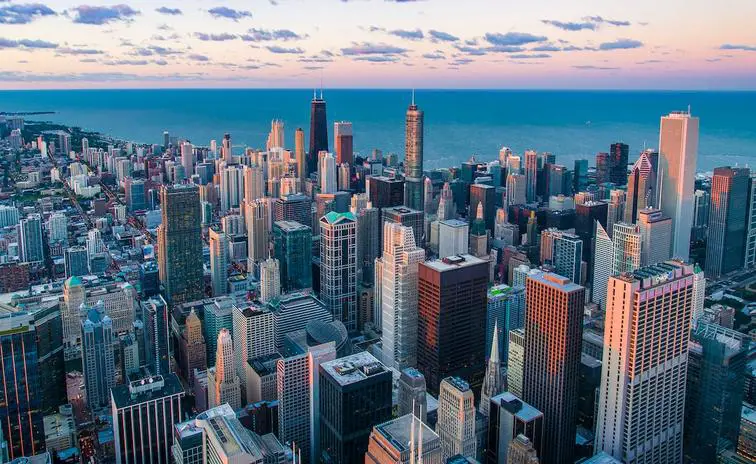
A museum located in Koka City, Japan, dedicated to the Azuchi Castle, a sixteenth-century castle constructed by Oda Nobunaga.
What to see or do: The museum displays a vast collection of archaeological artifacts, including pottery, weapons, and other relics from the castle. Visitors can also learn about the castle’s history and significance in Japanese history.
Don’t miss: The replica of the Azuchi Castle, which provides visitors with an interactive experience of the castle’s architecture.
Insider travel tips: Make sure to take a stroll around the beautiful garden surrounding the museum.
Also, visit the nearby Nagahama Castle in Hikone and the Hikone Castle Museum to learn even more about Japanese history and culture.
13. Koka Plum Garden

A beautiful garden in Koka City, Japan, famous for its plum blossoms.
What to see or do: Walk through the garden and enjoy the mesmerizing beauty of the plum blossoms. The garden is filled with over 10,000 plum trees and offers various walking trails, ponds, and arched bridges.
Don’t miss: The Ume Matsuri (Plum Blossom Festival) held every year from mid-February to early March. During this festival, the garden hosts various events and activities, including tea ceremonies, music performances, and food stalls.
Insider travel tips: Plan your visit during the weekdays to avoid the crowds. Wear comfortable shoes as the garden has many walking trails with steep stairs.
Don’t forget to try the Umeshu, a traditional Japanese liquor made from plums, available at the souvenir shop.
14. Shoren-in Monzeki Temple
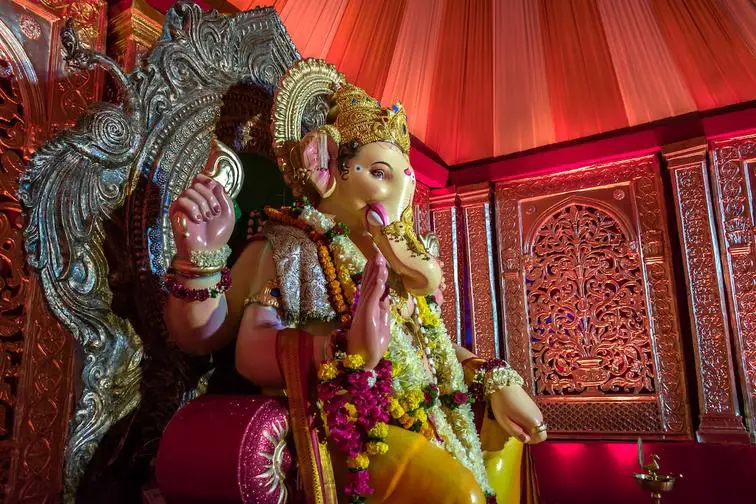
Shoren-in Monzeki Temple is a historic temple in Koka, Japan, that dates back to the 13th century.
What to see or do: Visitors can explore the temple’s beautiful architecture and gardens, which include a pond, waterfall, and cherry blossom trees. The temple also features a traditional tatami room and tea ceremony.
Don’t miss: Be sure to check out the temple’s famous Shaka-do Hall, which houses a statue of Shakyamuni Buddha that is said to be one of the three most beautiful statues in Japan.
Insider travel tips: – If you visit during the cherry blossom season, plan to arrive early to avoid crowds.
15. Biwako Valley Ropeway
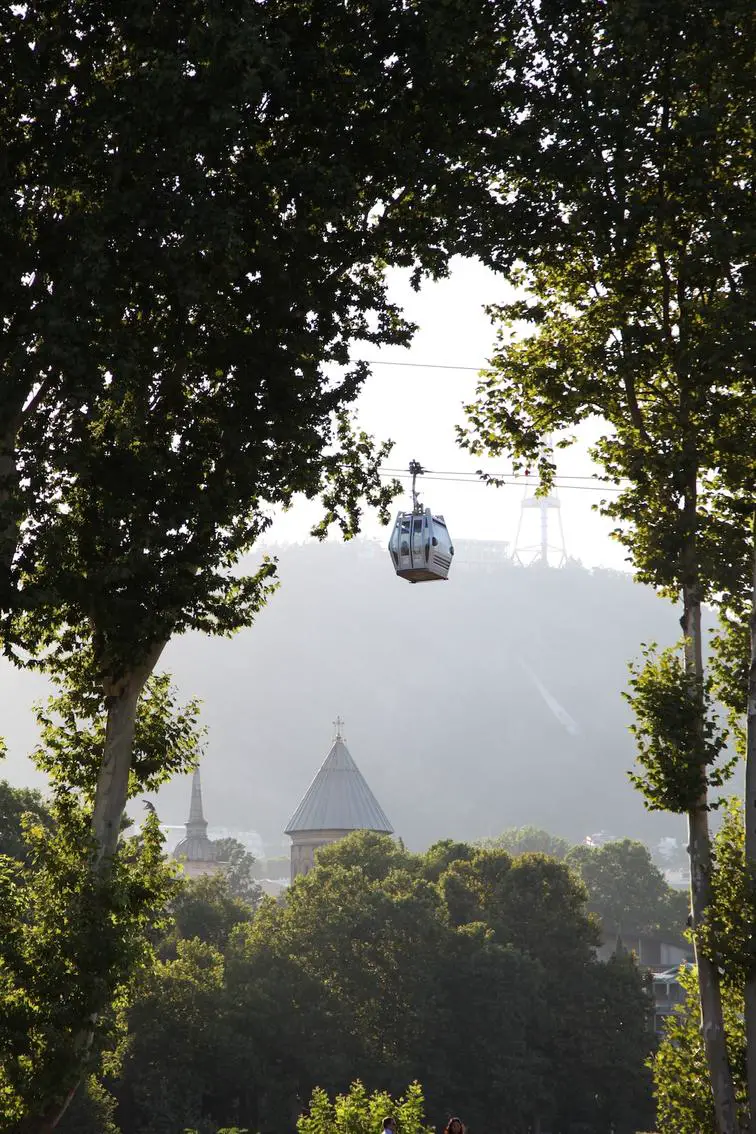
The Biwako Valley Ropeway is a cable car system that takes you up to an altitude of 1,100 meters on Mount Hiei, providing breathtaking panoramic views of Lake Biwa and the surrounding mountains.
What to see or do: Enjoy stunning views of Lake Biwa and surrounding mountains, take a nature walk to discover the local flora and fauna, and try out various outdoor activities such as skiing, snowboarding and snowshoeing.
Don’t miss: The sunset view from the top of the mountain is a must-see, as the changing colors of the sky over the lake are truly magnificent.
The winter illumination event is also highly recommended, as the ropeway and surrounding trees are lit up to create a magical atmosphere.
Insider travel tips: It is recommended to visit during the off-peak season to avoid crowds and enjoy a more peaceful experience.
The Biwako Valley Ski Resort is also popular and conveniently located near the ropeway station, so you can combine a cable car ride and snow sports in one trip.